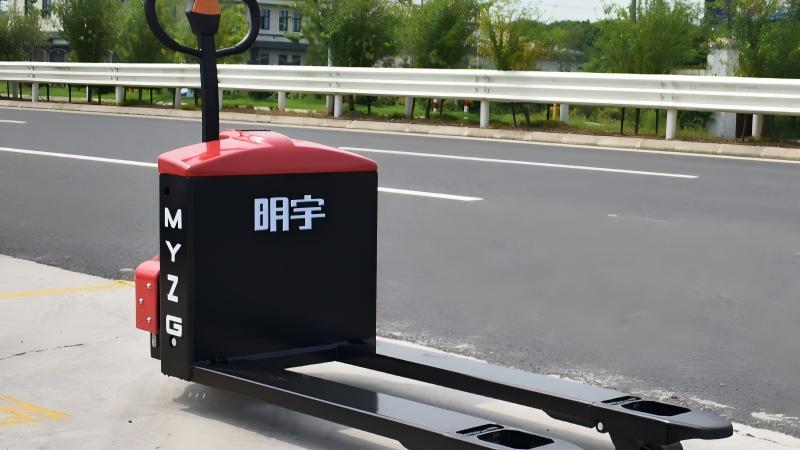Calculating the required capacity for a stacker begins with a fundamental understanding of your daily operational demands and the physical characteristics of the loads you handle. The primary factor is the maximum weight of the load, which includes not only the goods themselves but also the pallet, packaging materials, and any additional securing elements. It is critical to assess the heaviest unit you will lift rather than average weights, as underestimating this can lead to equipment failure or safety hazards. Furthermore, consider potential future needs; if your business is expanding, opting for a stacker with a capacity slightly above your current requirements can be a wise investment. The rated capacity, typically indicated on the equipment’s data plate, serves as a baseline, but real-world conditions often necessitate adjustments. For instance, uneven load distribution or irregularly shaped items can impact the stacker’s performance, making it essential to evaluate the nature of your inventory thoroughly before making a decision.
Another crucial element in determining stacker capacity is the load center, which refers to the horizontal distance from the forks’ front face to the load’s center of gravity. Most stackers are designed with a standard load center of 24 inches, which aligns with uniformly packed 48-inch pallets. However, if your loads are longer, unbalanced, or have an off-center weight distribution, the effective load center shifts, reducing the stacker’s safe lifting capacity. For example, a stacker rated for 1,500 kg at a 24-inch load center might only handle 1,200 kg safely if the load center extends to 30 inches. This reduction occurs due to the principles of leverage and stability; a longer load center increases the tipping moment, potentially compromising the equipment’s balance. Therefore, accurately measuring the load center and comparing it with the manufacturer’s load charts is indispensable for ensuring operational safety and efficiency.
The operational environment and lift height requirements also play a significant role in capacity calculation. As the stacker’s mast elevates the load to greater heights, the machine’s center of gravity rises, which can diminish its lifting capacity at maximum height compared to lower elevations. Manufacturers provide detailed load charts that illustrate this relationship, showing how the allowable weight decreases as the lift height increases. Additionally, factors such as floor conditions, inclines, and surface irregularities must be considered. Operating on sloped or uneven surfaces can further destabilize the stacker, necessitating a higher capacity margin to maintain safety. Tasks like high-level stacking in narrow aisles or loading trucks require precise calculations to avoid accidents. By analyzing these environmental and operational variables, you can select a stacker that not only meets your capacity needs but also adapts to the specific challenges of your workspace.
Finally, integrating all these factors—load weight, load center, lift height, and environmental conditions—enables a comprehensive capacity calculation. Start by gathering precise data on your heaviest loads, their dimensions, and the maximum lift height required. Cross-reference this information with the manufacturer’s technical specifications to identify suitable models. It is highly recommended to incorporate a safety buffer of 20–25% above your calculated capacity to account for unforeseen variables, such as slight load variances or dynamic forces during movement. Additionally, consider the stacker’s duty cycle; machines intended for intensive multi-shift operations should have a robust build and a higher capacity rating to endure continuous use. Consulting with equipment experts or suppliers can provide valuable insights tailored to your specific needs. By following this systematic approach, you can invest in a stacker that enhances productivity, ensures safety, and delivers long-term reliability in your material handling processes.
Post time:Nov.14.2025



